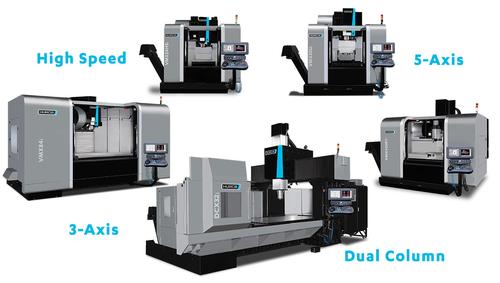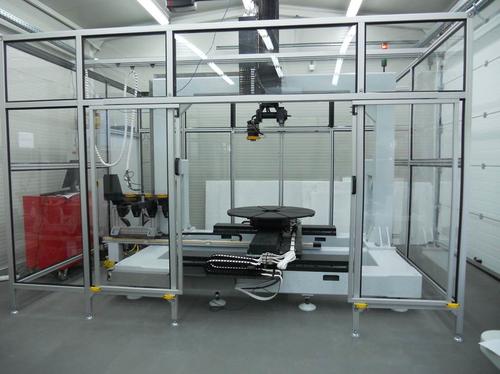Combining additive and subtractive manufacturing in one machine is on the rise. From Mebotics' Kickstarter project for an all-in-one 3D printing/etching/milling machine we told you about last year, to our recent report on Optomec's America Makes project for repairing metal aircraft parts, lots of people are trying to figure out how to combine the two.
Many of those hybrid manufacturing combinations, like Mebotics'
desktop Microfactory -- which didn't reach its funding goal -- are
attempts to combine some form of additive manufacturing (AM) with some
form of subtractive manufacturing, usually CNC milling. Some are
attempts to create an all-in-one prototyping machine using plastic and
wood. Others are far larger and more ambitious, aiming at a hybrid
manufacturing prototyping and manufacturing machine for metals. A couple
of the latest come from Flexible Robotic Environment and Hurco.
Hurco, a
major supplier of CNC machines, has applied for a patent on its new
additive manufacturing adapter. The adapter plus the company's
proprietary control software can turn its CNC machines into combination
milling/3D printing systems that produce both plastic prototypes and
metal finished parts.
(Source: Hurco)
(Source: Hurco)
Although Hurco is not revealing which 3D printing technology it's using on the adapter, the company did say it plans to expand to other AM processes. The new control technology will debut next month at the International Manufacturing Technology Show (IMTS) in Chicago.

This
configurable 6-axis robotic work cell from Flexible Robotic Environment
can combine laser scanning, CNC milling, and metals laser sintering,
among other functions. The VDK6000 has a build platform measuring 2 feet
high by 3 feet in diameter, and is aimed at both making and repairing
metal parts.
(Source: Flexible Robotic Environment)
(Source: Flexible Robotic Environment)
The system is completely configurable, and can integrate tool heads for a number of different processes, such as laser scanning, milling, ultrasonic inspection, polishing and grinding, and plasma welding, among others. One machine, for example, can print metal parts using AM techniques, scan them via ultrasound for defects, and then finish them via traditional subtractive grinding, polishing, and drilling.
http://www.designnews.com/document.asp?doc_id=274350&itc=dn_analysis_element&dfpPParams=ind_183,industry_auto,industry_aero,industry_machinery,kw_robotics,aid_274350&dfpLayout=article
No comments:
Post a Comment